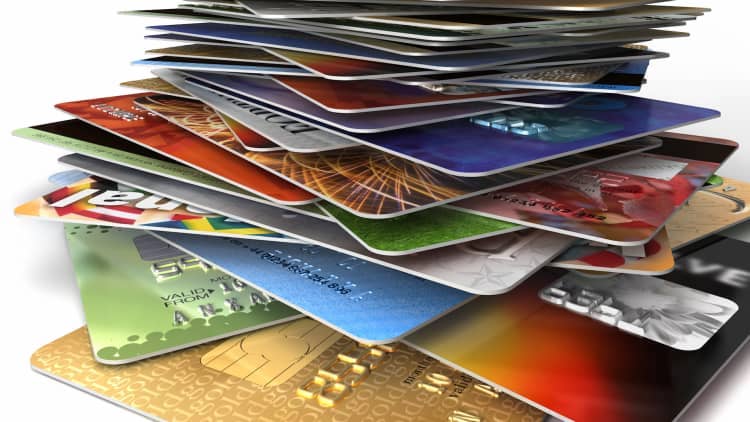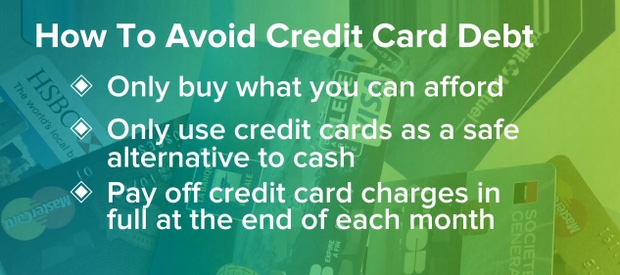Last year my friend Maureen, whose credit card debt is keeping her awake at night, got a big tax refund. Then she got a big-time end/year bonus that she totally was not expecting.

Now, her normal inclination would be to grab those credit cards and go on a madcap spending spree, but this year she restrained herself. We did, however, go out for dinner to celebrate her good fortune.
Maureen plans to save a little of that money and use the rest to pay off her debt. While that sounds logical, because you’re paying those shockingly high interest rates every single month. But believe it or not, it’s better to build up your savings first. The response that I get may vary, but it always goes something like this:
“What? Don’t pay down my credit cards?”
Are you crazy (they are usually nice about it)? I’m paying 14% on my debt and I’m getting 1% interest on my savings. I just want to get rid of the debt!
I totally get this, because if you’re presented with an opportunity to pay off that debt and you don’t take it, it just doesn’t make sense.
But here’s why I’m not crazy
There’s a caveat here. If you have a reserve saved for irregular (non-monthly) expenses for the year, and three months of living expenses socked away in savings, then go for it! Move as fast as you can and pay off that credit card debt. I’d be thrilled if you could do it.
For those who don’t have much in savings or may not have any savings at all and struggle with yoyo credit card debt, it’s better to wait.
Why? Because the goal is to get out of debt. Permanently

If you have no savings, the scenario goes like this: Your mechanic freaks out when he looks at your tires. Driving around on bad tires can be dangerous for you and for other drivers. Clearly, if you want a long life, you need new tires.
Since you don’t have the money, you put it on your credit card
- Over time, other expenses like that will crop up and you’ll be adding few thousand dollars to your credit cards.
- Clearly this wasn’t how you planned to pay off your debt. It’s weighing on you because, despite your monthly payments, you can’t seem to make any headway.
- So if your tax refund was $3,000 and you paid it all toward your credit card, you cut your debt to $2,000.
- This is starting to look manageable, except now you’re adding $600 for the new tires. The cycle continues.
A better solution is building a cushion

If you put half the refund in a savings account, you give yourself a cushion for the unexpected expenses. With $1,500 in savings, you can now pay for the tires or any of the myriad other household and family expenses that crop up in real time. You don’t have to put these on your credit card.
By building up some savings, you’re breaking the debt cycle
Of course, you need clarity around your spending and earning (which means budgeting!) so you can continue to build a reasonable savings start doing some long-term planning.
Once your savings is substantial enough to weather those “life happens” expenses, then you can hit your debt hard and heavy!
Of course, you need clarity around your spending and earning (which means budgeting!) so you can continue to build a reasonable savings. Learning to be accountable about your spending is a financial management skill that we work on together. Risa helps her clients learn which debt to pay off first, how to build a budget and start tracking their spend.